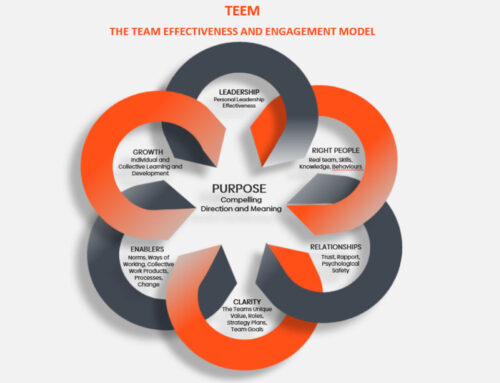
Or why a minimum viable product is so helpful
‘The perfect is the enemy of good,’ is mostly attributed to Voltaire, the 18th Century French philosopher, writer and master of wit. Others had variations on the concept, including Shakespeare and Confucius.
If you’re a Virgo it must sound like terrible advice. For everyone else, especially those of us who have repeated exposure to projects in large enterprises or professional firms, it sounds like common sense.
The acclaimed Canadian organisational theorist, Henry Mintzberg, sheds some light on how perfection and good play out in business.
Mintzberg describes various organisational configurations. He draws a contrast between the way an entrepreneurial organisation behaves and the way machine or professional bureaucracies behave.
The stereotypical entrepreneurial organisation is light and lean. It does not (yet) need extensive systems and a hierarchy, whereas bureaucratic organisations are defined by their systems and reporting lines.
If you have been involved in a startup or early-stage organisation, you will remember the lack of bureaucracy and the simple systems that changed regularly as new issues or problems arose. You will also remember how much easier it was to get things done.
Startups still have more to teach us
Successful startups understand the value of a minimum viable product (MVP). An MVP is the triumph of good over perfection, a satisfying melody over a siren song.
In a machine or professional bureaucracy, which as an executive coach I have seen many of, it is unlikely an MVP is ever on the radar of an improvement project leader. Rather, they will gather a large group of stakeholders to contribute. In most cases, these stakeholders then do everything they can to ensure that the status quo within the organisation is not altered by the project.
Program review and other reporting mechanisms are put in place, in an effort to please all concerned and strive for an unspecified perfection.
As an objective business advisor, the reality is that very few improvement projects run by internal teams generate any sort of improvement at all, but they do tend to be good at running over budget. These types of organisations have layer upon layer of semi-redundant processes and systems, all of which come at a substantial overhead cost.
From an executive coaching perspective, we need to be equally wary of claims that a certain practice is best practice. This too can be used to defend the status quo. Has anyone ever been sacked for defending best practice? There is also something in the argument that mediocrity masquerades as best practice. Doubts aside, what we are most interested in knowing is what is the right practice.
Oddly, right practice also includes doing what is right, what meets the regulatory requirements for the business/organisation in an ethical and morally acceptable way at the lowest cost to the organisation. Ultimately, we want everyone involved in a project to be acting in the best interest of the organisation.
Often, after an accumulation of failed projects in different areas, a senior manager or C-suite person will decide to engage a consulting firm to pursue perfection once again. And, although these firms consult widely, they will take their riding instructions from the person that engaged them and typically ram improvement through an organisation. Sometimes with good results.
There is an alternative to the status quo
Rather than go down this consulting path, or persist with a textbook improvement project, there is a third option – organisations should go back to basics and build an MVP in the way startups do.
This would see a small team led by a senior person. Someone who has something to lose if the improvement doesn’t happen. In this scenario, the typical process is as follows:
- Use value stream mapping to document and show, via a flow chart, your current processes, including how documents flow from department to department, and the data fields used on each and every document and computer screen.
- Identify loopbacks where documents or electronic workflows go backwards, for further data to be entered or approved, as well as other times data is re-entered or added.
- Reorder current processes and document flows to eliminate non-value-adding steps.
There has been nothing too surprising up until now. Most organisations follow this sort of improvement process. However, once these steps have been completed the improvement team can then start to objectively (and ruthlessly) look at each and every process, document and data field. You can then ask these questions:
- What is this used for?
- What would happen if we no longer did this/looked at this data?
- What is the minimum we need to do to satisfy our regulatory environment?
Only then can a new improved, leaner process be designed and implemented by the team, with the understanding that it will be reviewed within a few months of implementation to make sure there are no unintended consequences.
True, it will not be as lean a process as it is within a startup, but it will be a much more effective and efficient way of working than the full bureaucratic approach that so many organisations get mired in. This new approach will be closer to right practice than any previously tried process.
Go for simplicity over complexity.
How do you know if you’re being too simple or too complex?
Apply this test: If asking more questions leads to more significant insights, you have over-simplified. If asking more questions only confirms what you know, you have gone far enough.
Try it. Then try it again. After all, we all know that practice makes…
Anthony Thompson, October 3, 2023
To connect with us about executive coaching please contact us here. Download the PDF here.


